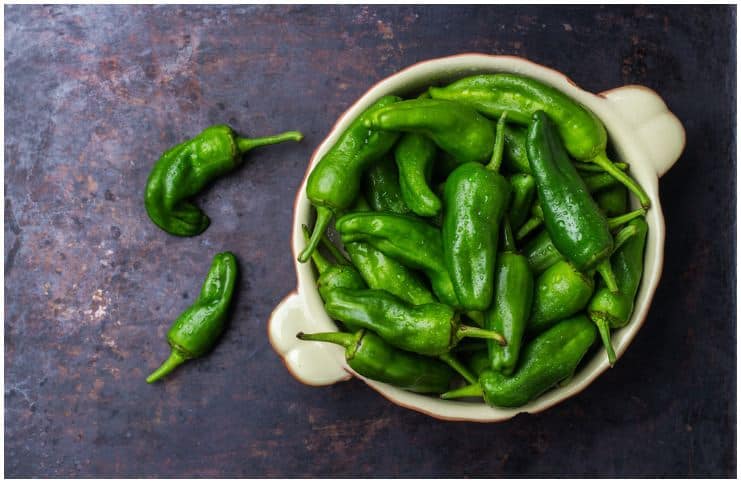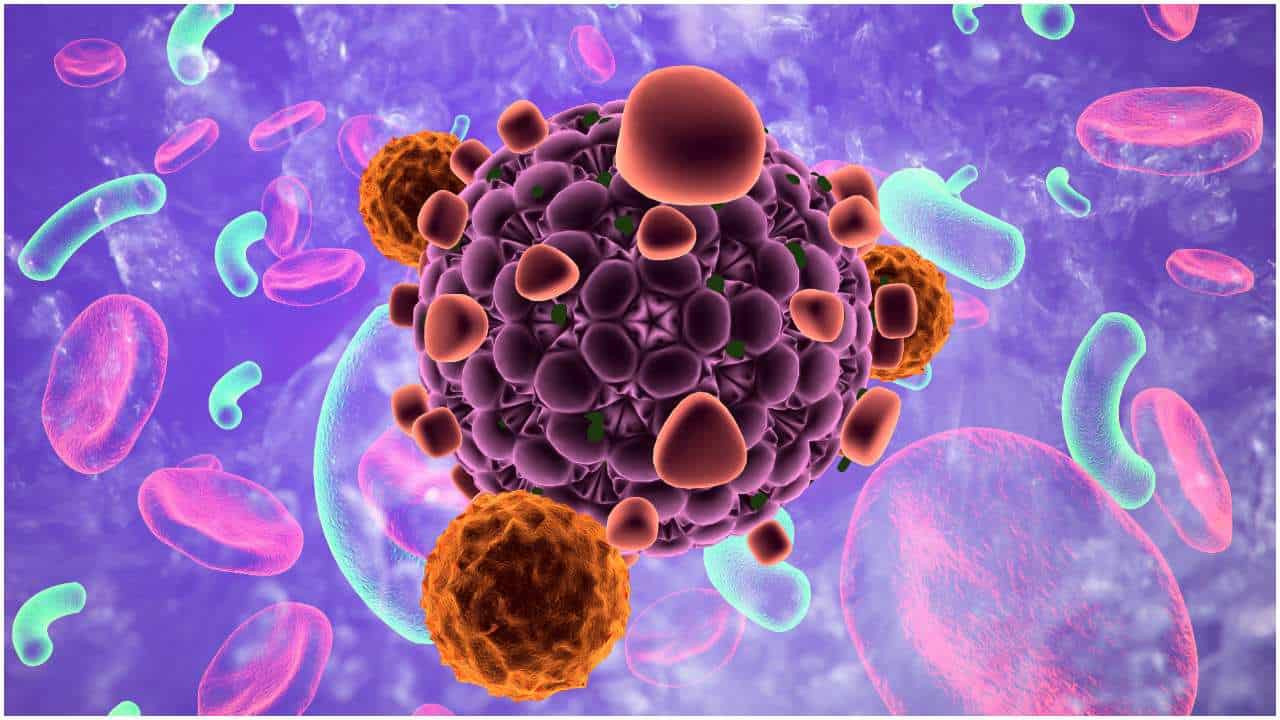Jalapeno Pepper: Health Benefits & Side Effects:
Introduction
Jalapeno, also known as huachinango, is a pod type pepper, a member of the Capsicum annuum family. The pods feature a smooth shiny skin with blunt, slightly tapering tip and measure about 4 to 10 cm in length.
The flesh of the pepper is somewhat sweet, similar to bell peppers. It is the only pepper that isn’t allowed to completely ripen and change color before being picked.
The hotness of huachinango is between 2,500 to 10,000 Scoville units.
The name of the vegetable comes from the capital of the Mexican state of Vera Cruz – Jalapa. Presently, the majority of commercial production is grown in New Mexico, California, and Texas.
Nutrition Facts
They are an excellent source of vitamins, such as A, B2, B3, B5, B6, B9, C, E, and K, minerals which include – copper, magnesium, manganese, phosphorus, and potassium. They are also low in fat and calories.
Health Benefits of Jalapeno Pepper
Fights Cancer
This type of pepper derives its heat from a natural plant compound named capsaicin, which offers potent health benefits. This is the same compound that makes chili peppers like Naga Viper chilis, cayenne, and habaneros so hot.
According to a 2006 study from the Samuel Oschin Comprehensive Cancer Institute at Cedars-Sinai Medical Center, published in Cancer Research, this powerful substance caused cancer cells ”to commit suicide.”
In addition, prostate tumors treated with this substance were about 1/5 the size of those in untreated mice. Dr. H. Phillip Koeffler, a professor of medicine at the University of California, Los Angeles, explains –
“Capsaicin inhibits the growth of human prostate cancer cells in Petri dishes and mice. (1)”
Helps Skin Heal
Vitamin C, also called ascorbic acid, is a water-soluble vitamin (meaning that your body doesn’t store or accumulate it) and is important to many functions in the body.
Not getting enough ascorbic acid can cause bleeding gums, easy bruising, scaly skin, dry and splitting hair, decrease the wound-healing rate, and can even play a part in repairing your DNA.
1 regular pepper contains 18% vitamin C of the recommended daily intake.
Protects Against Free Radicals
Vitamin A, an essential fat-soluble vitamin, has many health benefits. It is crucial for normal growth, good vision, reproduction, skin health, skeletal development, the maintenance of the nervous system, and lactation.
As an antioxidant, it restricts the oxidation of other molecules and protects the body from free radicals.
Numerous studies have shown that antioxidants ingested through diet help people’s immune systems, lower the risk of developing heart disease and cancer, and protect against free radicals (2). 1 regular pepper contains 5% vitamin A of the recommended daily intake.
Parkinson’s Disease Prevention
Vitamin E is a fat-soluble antioxidant found naturally in plant foods and exists in 8 chemical different types (alpha-, beta-, gamma-, and delta-tocotrienol and alpha-, beta-, gamma-, and delta-tocopherol).
Alpha-tocopherol is the most active form in humans. Vitamin E protects your cells from damage, fights inflammation, and is useful in naturally slowing aging.
Moreover, some studies found that getting higher intakes of vitamin E from the diet (not from supplements) is strongly linked with a reduced risk of Parkinson’s disease (3).
1 regular pepper contains 3% vitamin E of the recommended daily intake.
Helps Treat Anemia
Vitamin B6, also known as pyridoxine, is a water-soluble nutrient that is part of the B-vitamin family. Pyridoxine deficiency can lead to dermatitis with cheilosis and nerve damage in the feet and hands.
According to some studies, consuming vitamin B6-rich foods can help lower symptoms of anemia and prevent it from occurring in some instances.
This may happen because vitamin B6 is needed to create hemoglobin in the blood, which is transported by red blood cells throughout the body to help mobilize iron and bring oxygen to cells.
Therefore, anemia develops when an individual doesn’t make enough red blood cells, resulting in symptoms like pale skin, fatigue, brittle nails, and pains.
1 regular pepper contains 5% vitamin B6 of the recommended daily intake.
Heart Health
Phylloquinone, also known as vitamin K1, is a fat-soluble vitamin found in plants which is absolutely essential to preventing heart disease, building strong bones, and an important part of other bodily functions.
Furthermore, this vitamin helps lower blood pressure by eliminating the build-up of a few minerals in the arteries, allowing the heart to freely push blood through the body.
Adequate intake of phylloquinone has also been shown to decrease the severity of osteoporosis (a bone disease that occurs when the body loses too much bone) and lower the risk of stroke.
Phylloquinone deficiency usually occurs in patients with malabsorptive conditions, liver damage, bulimics, or after long-term treatment with antibiotics.
1 regular pepper contains 2% vitamin K of the recommended daily intake.
Weight Loss
Dihydrocapsiate or DCT, a compound related to the capsaicin found in peppers, increases the calories burned after a meal, according to David Heber, founding director of the UCLA Center for Human Nutrition.
Some studies concluded that eating hot peppers may dampen appetite and boost metabolism. According to a 2010 study,
Side Effects of Jalapeno Pepper
Capsaicin is an irritant for most mammals, and humans are no exception, producing a burning sensation when it contacts any tissue.
You should avoid touching your eyes after touching this pepper. Eye exposure produces intense pain, tearing, blepharospasm (abnormal contraction of the eyelid muscles), and conjunctivitis (swelling of the conjunctiva).
Moreover, the high consumption of these peppers may irritate the stomach lining aggravate existing stomach ulcers or gastritis, and can also cause diarrhea.
Selections and Storing
Select a fresh pepper that is firm and glossy, with no soft patches, bruising, or cracks. The smoother the pepper, the younger and milder it is.
You can store a fresh pepper in a perforated bag in the fridge for around 14 days. This depends on whether the peppers are chopped or whole. For peak flavor and nutrition, use within a week. For longer storage, you can freeze or dehydrate the pepper.
How To Eat
From a nutritional point of view, they are best to be consumed fresh. Dried and smoked, these peppers are known as chipotle and take on a distinctive smoky flavor. Furthermore, if they have a lot of striations, they can be hotter and sweeter.
Tip
If you like your food hot, eat the inner seeds and the white membrane of the pepper, as about 80% of the capsaicin is there.
READ THIS NEXT:
Horned Melon (Kiwano): Health Benefits & Side Effects
References https://www.ncbi.nlm.nih.gov/pmc/articles/PMC5448347/ https://www.researchgate.net/publication/313683459_Antibacterial_activity https://pubs.acs.org/doi/abs/10.1021/jf103434u




